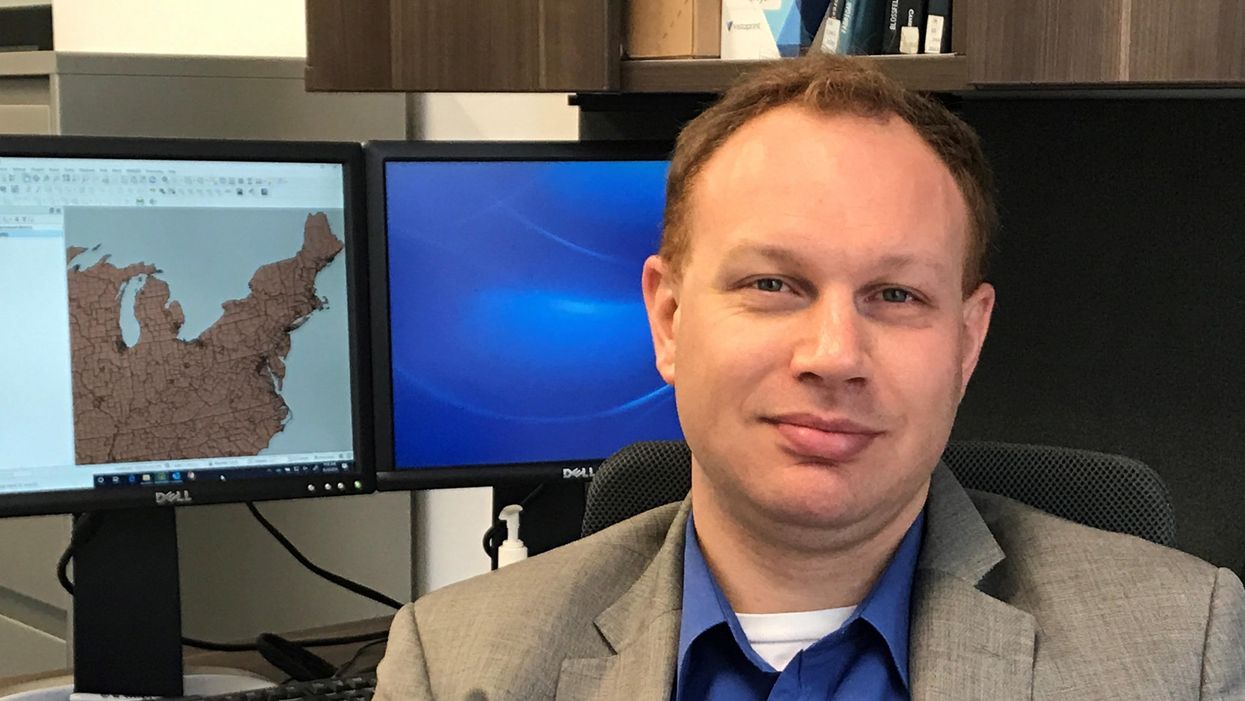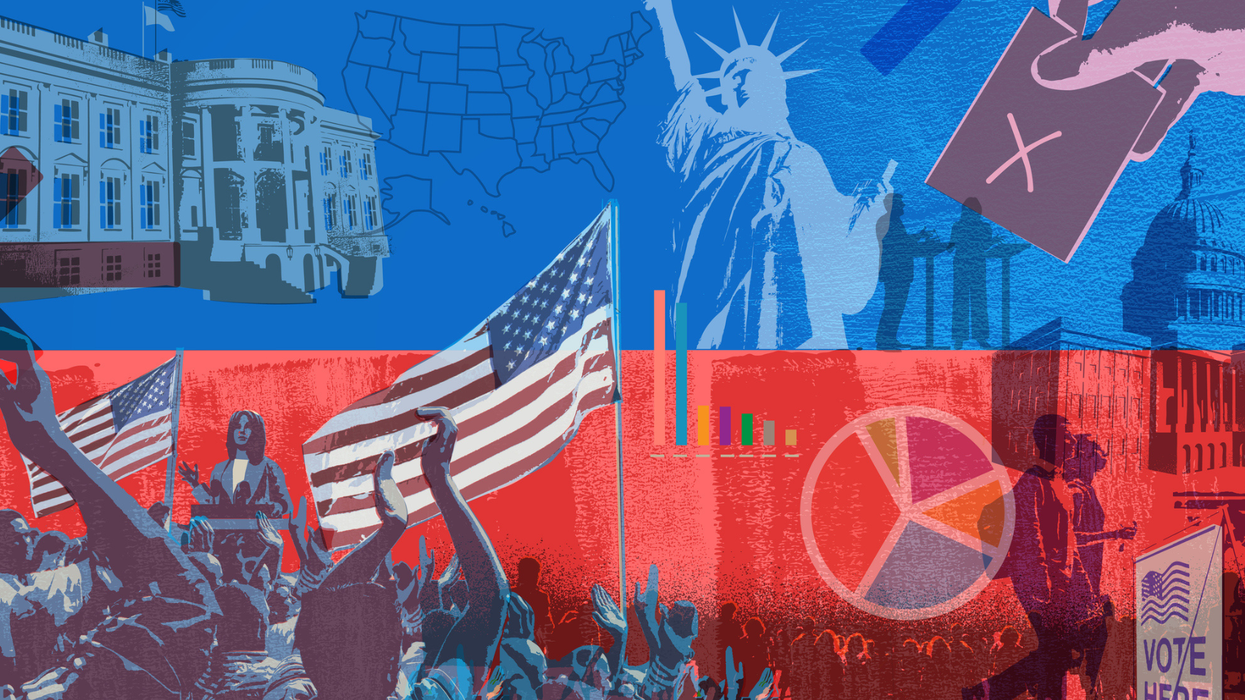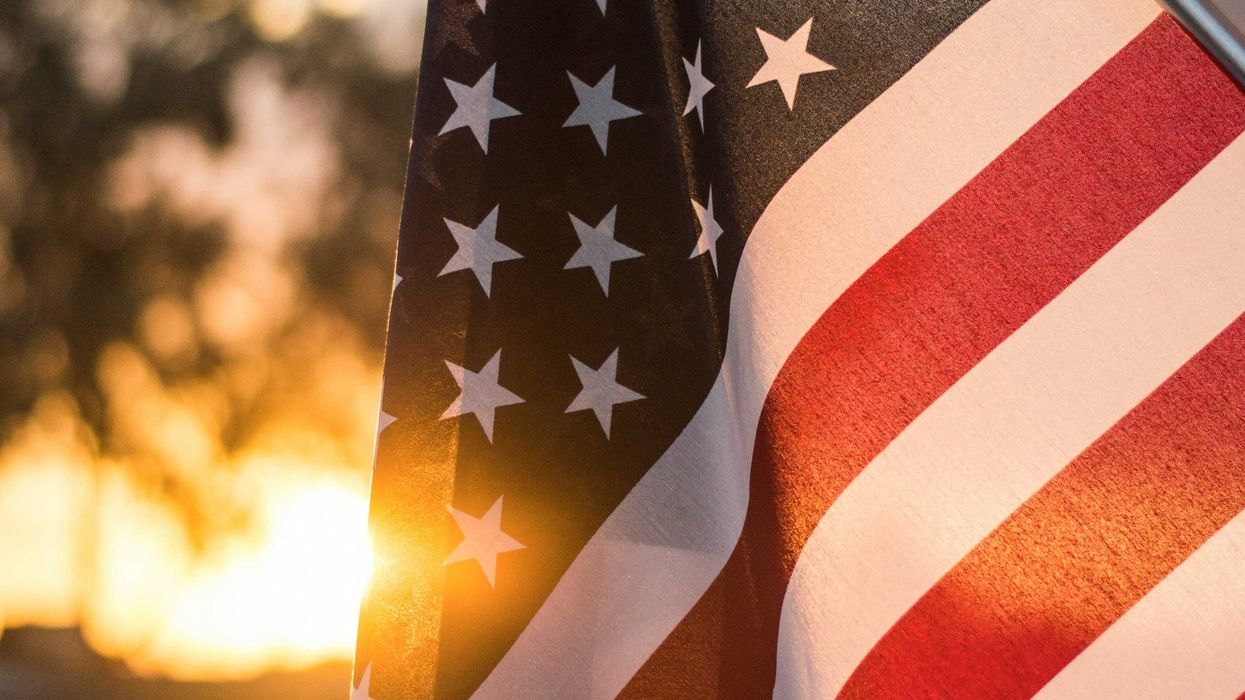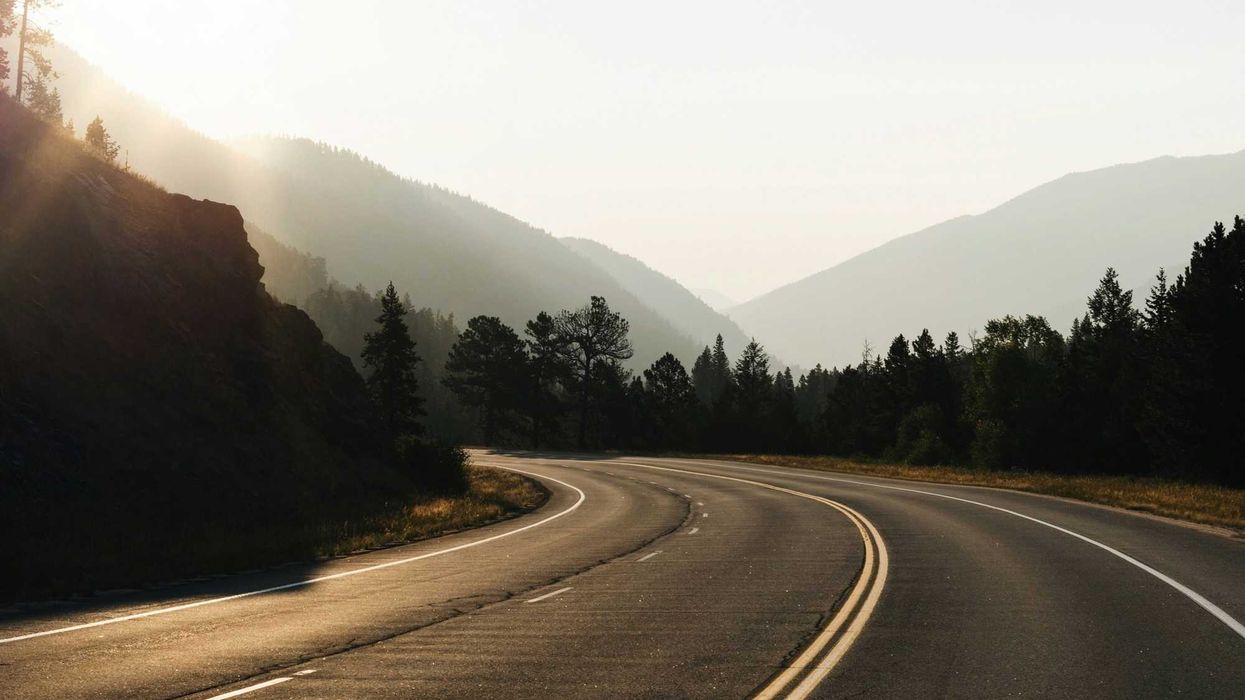Can the public influence the drawing of legislative districts?
That's what graduate student Peter Miller wanted to know when he drove to Long Beach City Hall for a public hearing on redistricting.
Seventy-two people spoke at the April 2011 meeting, often offering the same request: Combine the Port of Long Beach and the city of Long Beach into a single congressional district.
The reason? Winds carry pollution from the port, one of the busiest in the country, into Long Beach itself, and residents wanted their House member to be responsive to those environmental concerns. California's commission of citizen line drawers pulled up the map and agreed. The port and city have been represented by the same person ever since.
The result of that session in Long Beach underscores how regular citizens can shape a process that's gotten an awful reputation as dominated by professional partisans. It also provides reason for optimism in light of the Supreme Court's ruling this summer that federal courts have no power to decide when the politicians have gone too far in picking their voters — and as public hearings have begun in some states in advance of the nation's political remapping for the 2020s.
Do public comments matter? The answer, it turns out, was yes.
"We didn't know what to expect," said Miller, now a 36-year-old researcher focused on redistricting and voting rights at the Brennan Center for Justice, a liberal-leaning democracy reform think tank based at New York University Law School. "We weren't sure if public comments would be accepted 10 percent of the time, 80 percent of the time. We had no idea."
Almost a decade ago he attended 22 hearings in nine Western states for a first-of-its-kind study on the influence of public input in redistricting, part of his dissertation for a doctorate at the University of California, Irvine.
Surprisingly, Miller's study found that public comments had an impact — regardless of who was listening.
While fair map advocates have pushed hardest for independent redistricting commissions to combat partisan gerrymandering, the public was just as successful at influencing the design of congressional maps drawn by state lawmakers as commissions, the study found.
About half of the "feasibly mappable comments" — or specific geographic requests — suggested at public hearings before both independent commissions and state legislators were adopted into the House district maps now in use, according to the study.
"We ultimately figured that this is a good sign," Miller said, "because the cynical approach would predict zero."
Successful strategies
All states hold public hearings during the redistricting process, either by statute or by practice.
State redistricting authorities consider various criteria when designing electoral districts, such as compactness, contiguity and existing boundaries of political subdivisions. Ensuring equal population and racial fairness are nonnegotiable.
In 27 states, redistricting authorities are also mandated to preserve so-called communities of interest. These are geographic areas in which people share common interests but aren't necessarily bound by political subdivisions, so the common bond isn't always obvious to political cartographers.
Helping redistricting authorities understand where communities of interest exist is one of the crucial roles the public can play in the redistricting process and why public hearings matter, Celina Stewart, director of litigation and advocacy at League of Women Voters, said.
"Community of interest is not just the things you want for your community, but it's also your grievances — issues that you have, things that you need to protect, whether that's your school, libraries, having certain communities stay together," Stewart said. "All of those things matter."
Long Beach residents wanting the port in their House district, to bind their representative to the port's environmental impact, is an example of a grievance aired and rectified through a public hearing. (Democrat Alan Lowenthal, who's held the 47th District with ease since it was reconfigured in 2012, has a solidly green voting record.)
In general, public comments that focused on a small geographic area tended to have more success with redistricting authorities, Miller found. And all successful comments had two components.
"One is a very explicit, here's what I want you to do. And the second thing is, here's why I want you to do it," he said. "And the why is the important element in the sense that you have to explain to redistricting authorities or public officials, why it is what you want them to do matters to you."
Speaking from the heart versus reading from a pre-written script handed out by an advocacy group takes more time but the payoff is much higher, he said.
"The redistricting authorities that I spoke to all seemed pretty good at detecting orchestrated testimony in the sense that people are reading off the same scripts — the commissioners and legislators can identify that pretty quickly," Miller said. "If you have someone get up and say something that is a novel interpretation of the redistricting process, they're far more likely to pay attention to it."
Unsuccessful strategies
About a third of the public comments he recorded for his study were classified as "unfeasible" — suggestions that couldn't be manifested geographically, and oftentimes simply derided the process entirely.
Telling lawmakers that you want the state to create an independent redistricting commission, for example, was coded "unfeasible."
"While that might be helpful for understanding dissatisfaction with the status quo, it doesn't help the legislature draw the map at all," Miller said. "But if I was to say something like, 'I want Salt Lake County to be in one congressional district,' that's a feasibly mappable comment."
Offering geographically focused suggestions rooted in your knowledge of your community should be the goal at a public hearing, Stewart said.
"The only thing I would stay away from is speaking to other communities, speaking about communities that perhaps you don't belong to or not working in," she said. "I don't know if that's helpful to those communities. Communities should be in a position to speak for themselves."
The important thing is to speak up, however, in light of the Supreme Court's ruling in June that effectively put the onus on the people — not the courts — to ensure the drawing of fair voting maps.
"What happens during this time effects people for a decade," Stewart said. "That's a long time to be stuck with a decision."



















